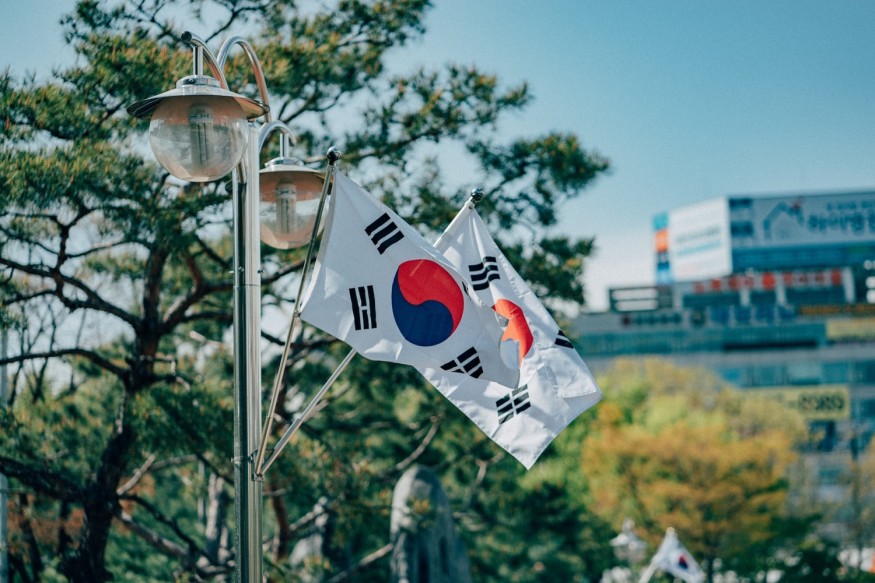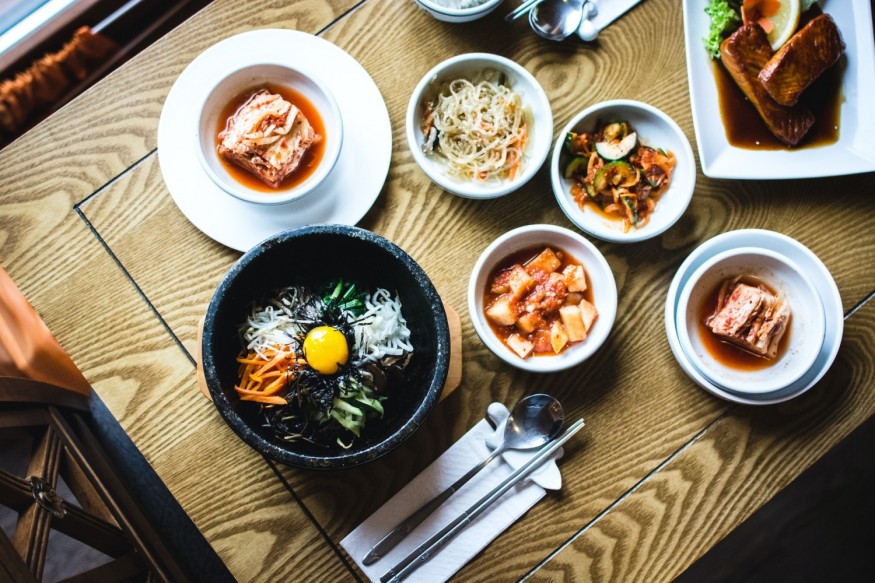South Korea, a country where the past and present coexist in harmony, offers a unique experience for travelers. Here, traditional and modern attractions blend seamlessly, creating a rich and varied experience that appeals to all. These traditional sites, full of history, offer a glimpse into the heart of Korea.
Yet, just a short journey away, the lively streets of cities like Seoul present a striking contrast. Here, the modern attractions stand out, with skyscrapers reaching high and technology that seems ahead of its time. This modern landscape is not just impressive architecture but also a center of contemporary culture. From the catchy beats of K-pop to the innovative art scenes, these modern elements showcase Korea's ability to embrace the new while honoring the old.
As a traveler, you will find that the fusion of these traditional and modern attractions is what makes South Korea special. It is not just a place to visit but also an experience to live.

Exploring Traditional Attractions
When you think of South Korea, images of modern cities and advanced technology often spring to mind. However, within this contemporary setting, there lies a rich collection of traditional attractions, showcasing a history that is both enchanting and significant. As you explore these historic sites, you understand the foundation of the country's traditional and modern attractions.
1. Grand Palaces of Seoul
Gyeongbokgung Palace, the largest of the five grand palaces, is a marvel of the Joseon Dynasty's architecture. As you walk through its grounds, The Seoul Guide shares that you are taken back in time. The designs and peaceful gardens contrast sharply with the nearby city. The beauty of these structures is captivating, and they echo centuries of history.
2. Buddhist Temples
In Seoul, Jogyesa Temple offers tranquility amidst the city's rush. Its vibrant colors and detailed designs are stunning. In Busan, Haedong Yonggungsa Temple, located on a cliff overlooking the sea, provides spectacular views. These temples are centers of culture and spirituality, where traditions have been kept alive for generations.
3. Traditional Festivals
The Lotus Lantern Festival, celebrated in spring, lights up the streets with thousands of lanterns, symbolizing enlightenment. Participating in this festival with locals and other travelers creates a sense of unity. It's a vibrant display of South Korea's cultural heritage.
4. Traditional Markets
Visiting markets like Gwangjang Market in Seoul gives you a glimpse of everyday life. Here, you can try traditional Korean dishes like bibimbap or kimchi pancakes. These markets, with their lively atmosphere and variety of goods, link directly to the past, showing the continuity of Korean culture.

5. Artisan Crafts
In places like Icheon, artisans preserve ancient crafts such as pottery making. Engaging with these artisans offers a hands-on experience of Korea's artistic heritage.
As you visit these traditional attractions, you gain an appreciation for South Korea's cultural depth and diversity. It's a place where history is celebrated, and the past enhances the present. This balance between old and new makes South Korea's traditional and modern attractions uniquely compelling.
Embracing the Modern Attractions
South Korea is known for its perfect mix of old and new attractions, offering something special for every visitor. Let's explore the modern side of South Korea, showing why these attractions are as important as the traditional ones.
1. Seoul's Modern Skyline: Seoul, the capital of South Korea, is a city where modern architecture shines. Skyscrapers like the Lotte World Tower offer amazing views. These buildings are a stark contrast to historical sites, but they coexist in a way that is distinctively South Korean. Walking through Seoul, you see old palaces next to futuristic buildings, highlighting the combination of traditional and modern attractions in South Korea.
2. Technology and Pop Culture: South Korea leads the world in technology. This is clear in its cities, where things like high-speed internet and advanced public transport systems make travel easy and exciting. K-pop, which started in South Korea, brings a lively and colorful aspect to the country's modern culture. For example, the K-Pop Experience Hall in Seoul lets you dive into this energetic world.

3. Contemporary Art Scene: In cities like Busan and Daegu, art museums and galleries show the work of modern artists. These places mix traditional themes with new styles and are great for understanding the current cultural conversations in South Korea.
4. Impact on Travel: Modern attractions in South Korea add variety to your trip. You could start your day at an ancient temple and end it exploring the exciting nightlife and food in areas like Gangnam or Hongdae. The modern sites offer a different perspective and add to the traditional experiences, making your trip more diverse and satisfying.
The charm of South Korea lies in how well it combines its historical roots with modern developments. The modern attractions are a vital part of the country's character. They show South Korea's forward-thinking while respecting its history. As you plan your trip, remember that experiencing both the old and new attractions is what makes South Korea a must-visit destination, offering a journey that is both enriching and unforgettable.
Related Article : What You Need to Know About Customs and Traditions in Finland
This article is copyrighted by Travelers Today, the travel news leader



